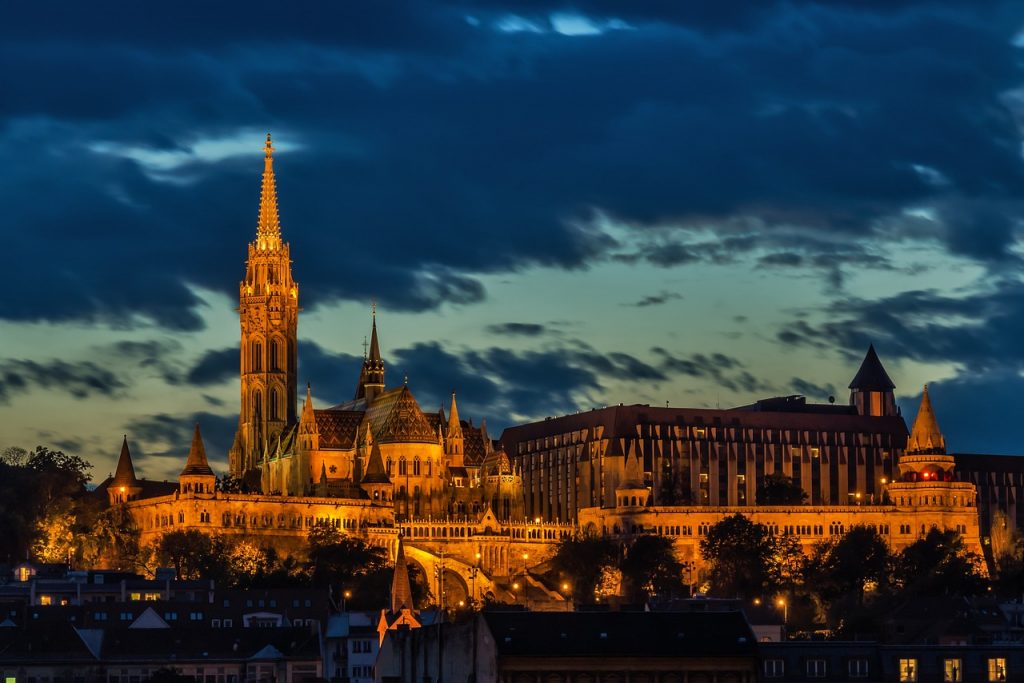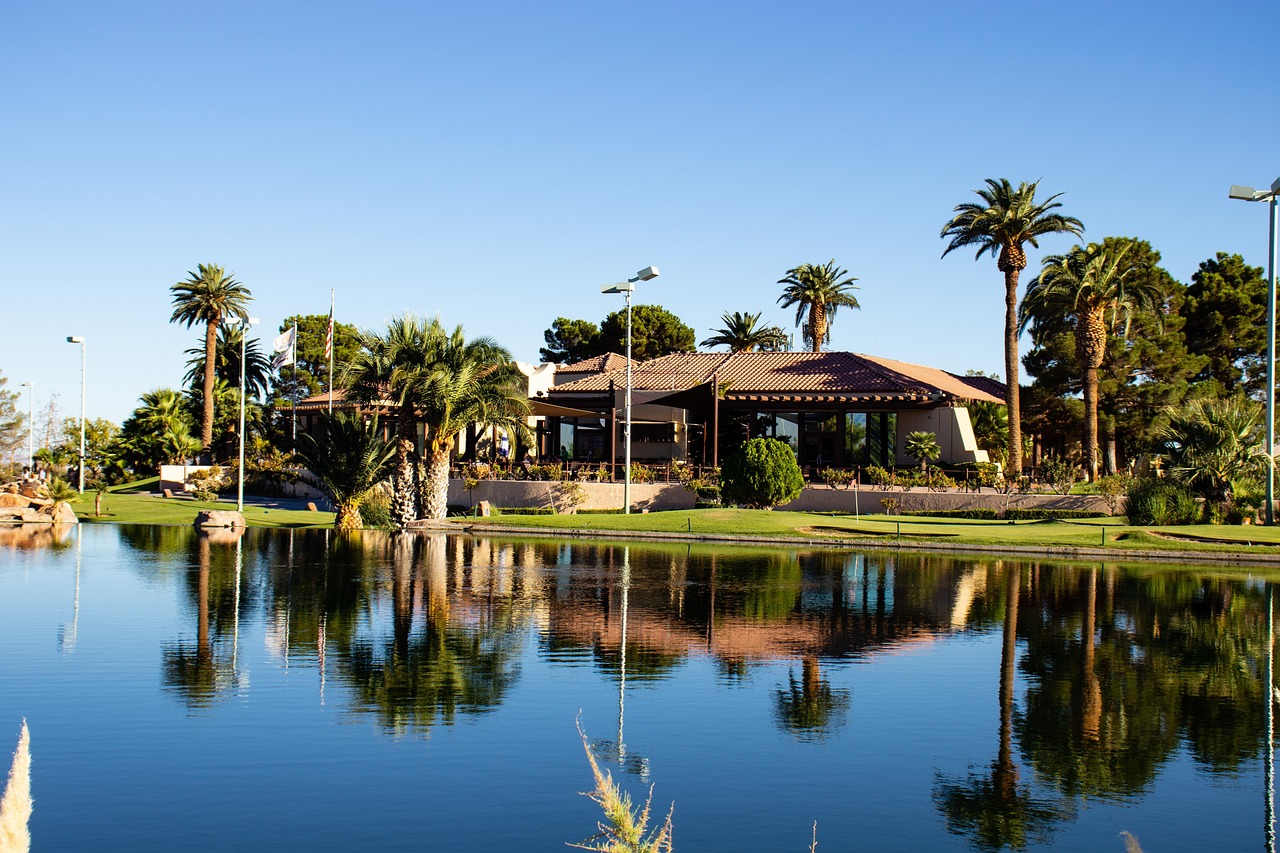Preserving historic buildings is no easy task. One of the challenges is ensuring that the lighting for historic buildings is appropriate and adds to their beauty without causing damage.
A well-designed lighting plan can highlight architectural features, bring new life to historical structures, and create a sense of atmosphere and intimacy. However, inappropriate or poorly installed lighting can cause significant damage to the building and its components.
It is essential to consider the architectural style and history of the building when designing lighting. As such, lighting specialists should work closely with preservation experts. The lighting should not be obtrusive and must not contravene the character of the building.
Natural lighting is vital in historic buildings. In many cases, artificial lighting serves a complementary role, creating a warm glow that echoes natural light. The use of discreet fittings that are easy to install and maintain is preferable to modern, garish lighting schemes that detract from the building’s character.
The type of lighting should be chosen with great care to avoid damage to fragile surfaces, including paintings, textiles, and wooden fixtures. LED lights are particularly useful since they produce a low amount of heat and UV radiation, which can cause long-term damage.
When it comes to lighting for historic buildings, the primary objective should be preserving the past while providing a caveat for the present. As such, maintaining the architectural integrity of the building through the use of appropriate lighting is crucial. When it comes to historic buildings, simplicity often proves more effective than complex lighting schemes.






